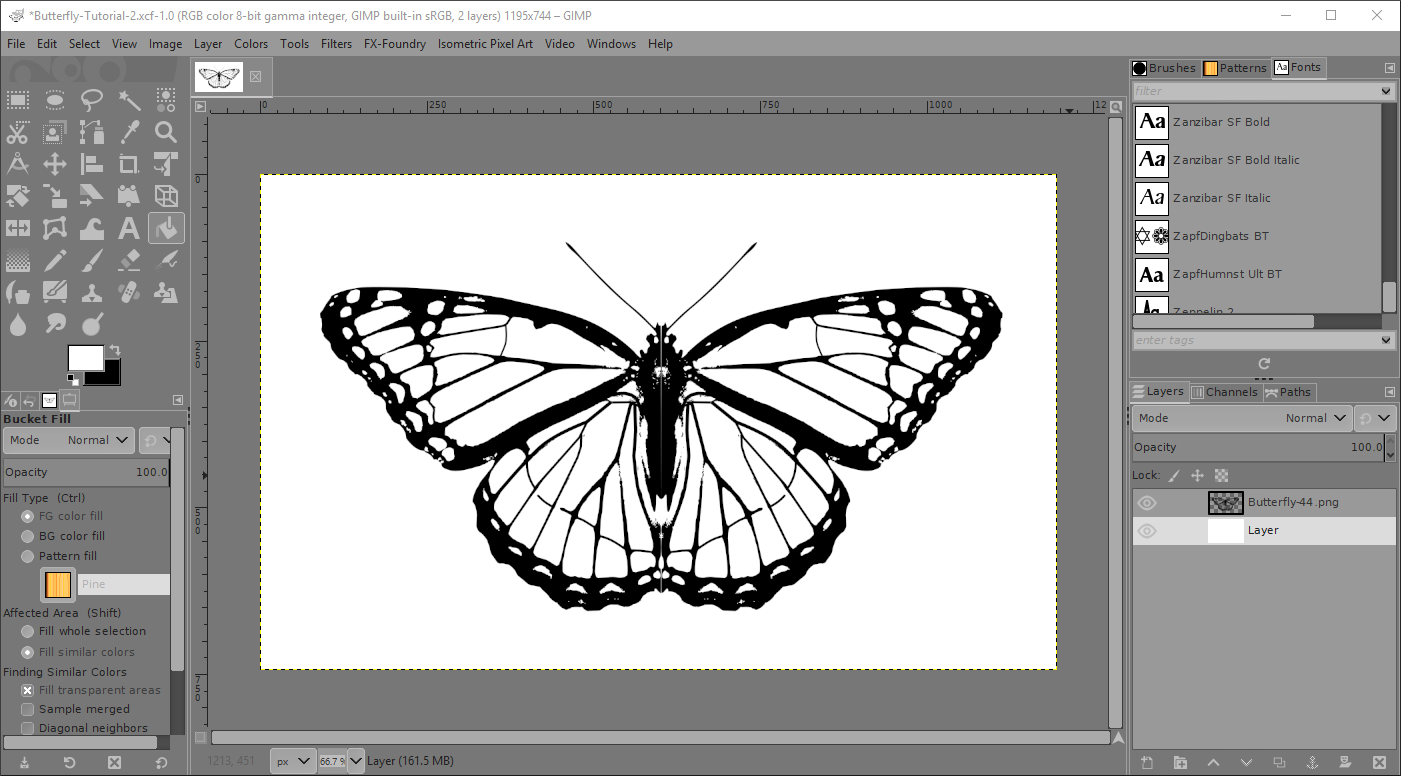

This write-up will guide you on how to use Trace Bitmap in Inkscape. After that, you can scale the traced vector image and then export it as a bitmap again.

However, if you have a JPG image that has low resolution, then you can trace it to the vector image with the help of the Inkscape Trace bitmap tool. These geometrical shapes are based on easily alterable mathematical expressions. However, keep in mind this will make any area that you are cutting out get a bit smaller.Geometrical shapes such as curves and lines are used to represent vector graphics. If you want to make the path a little larger than the original image, Ctrl + ). Now if you like, you can use your Fill and Stroke Box to delete the fill and create a Stroke. Now select just the largest portion and the white piece that you want to be transparent. I like to turn it white so that I can make sure I have the right area. If you need to cut out a portion (make it transparent), find that part and select it. I want to leave this part of the picture transparent because when I cut around it, I think this part should be cut out. It may or may not be an issue for the image you choose. Next is the part that I think is easier in Inkscape than in Make The Cut. The object will be all one color and you will see dashed lines around all the individual parts. Now click on the new image in Inkscape and go to Path > Object to Path. But you’ll probably want to use Brightness Cutoff, with a Threshold around. You might need to experiment with your settings.

You can see more info on this subject here.) Here’s a PNG that I downloaded from .įirst you’ll need to import your image into Inkscape. Today, I’ll show you how to do this using Inkscape. I have used both Inkscape and Make The Cut to accomplish this task. This is usually because they want to do a “Print and Cut” with an electronic cutter such as the Silhouette Cameo or KNK Zing. I occasionally see people ask about how to create a single cut path around an image.


 0 kommentar(er)
0 kommentar(er)
